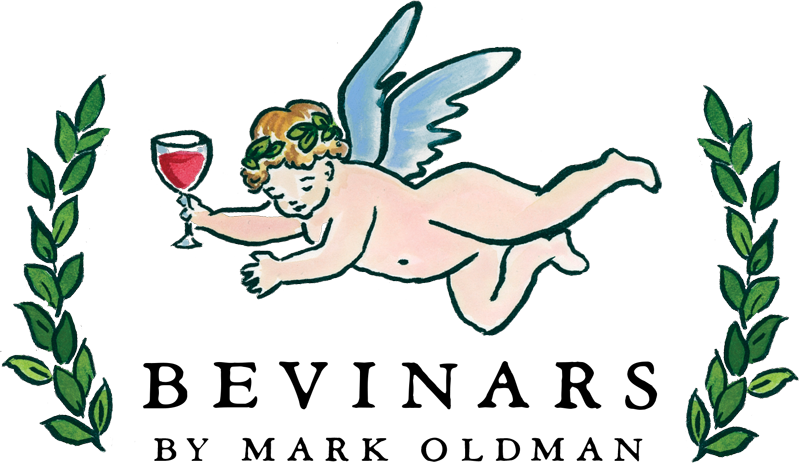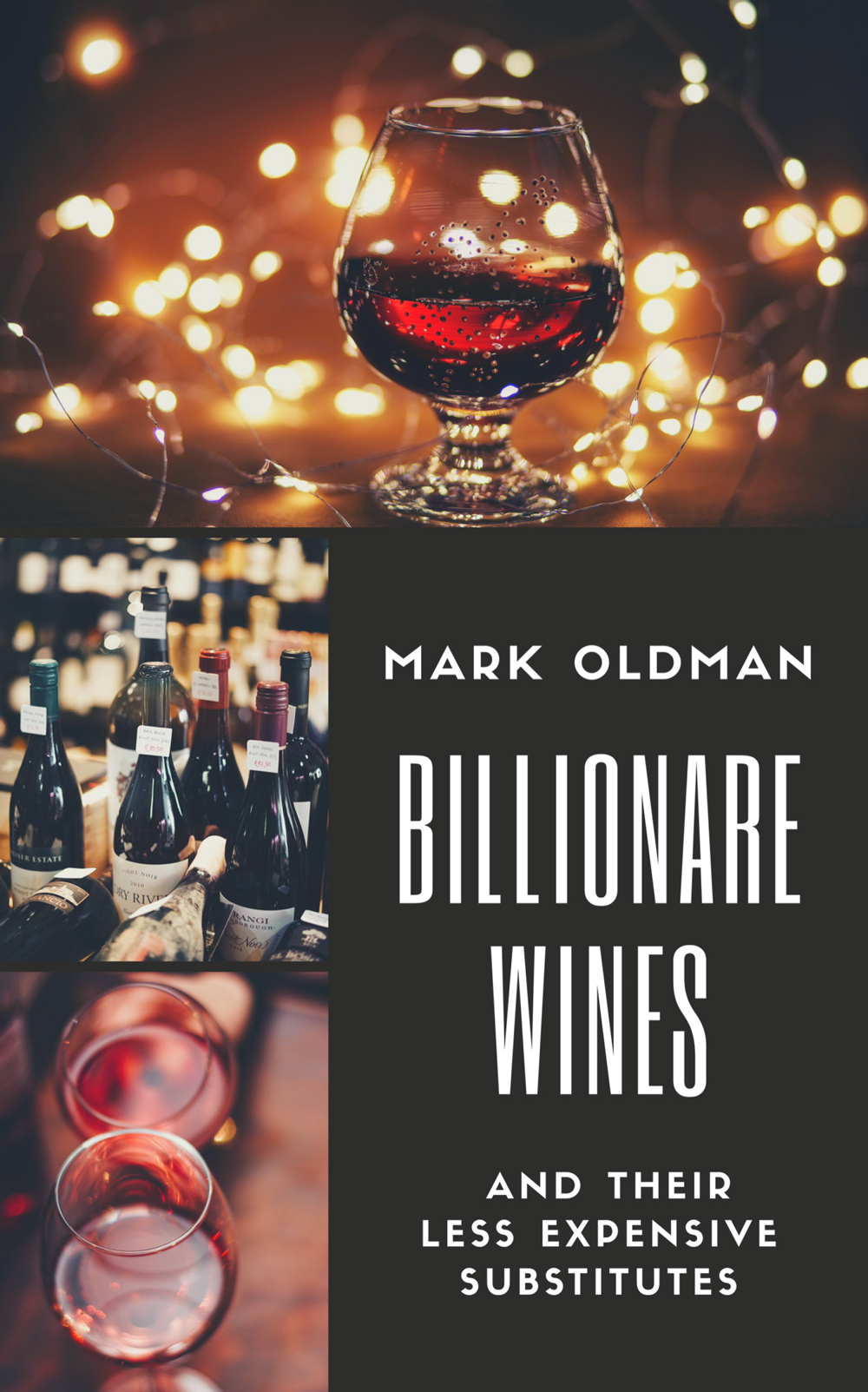The Gravity of Vintage
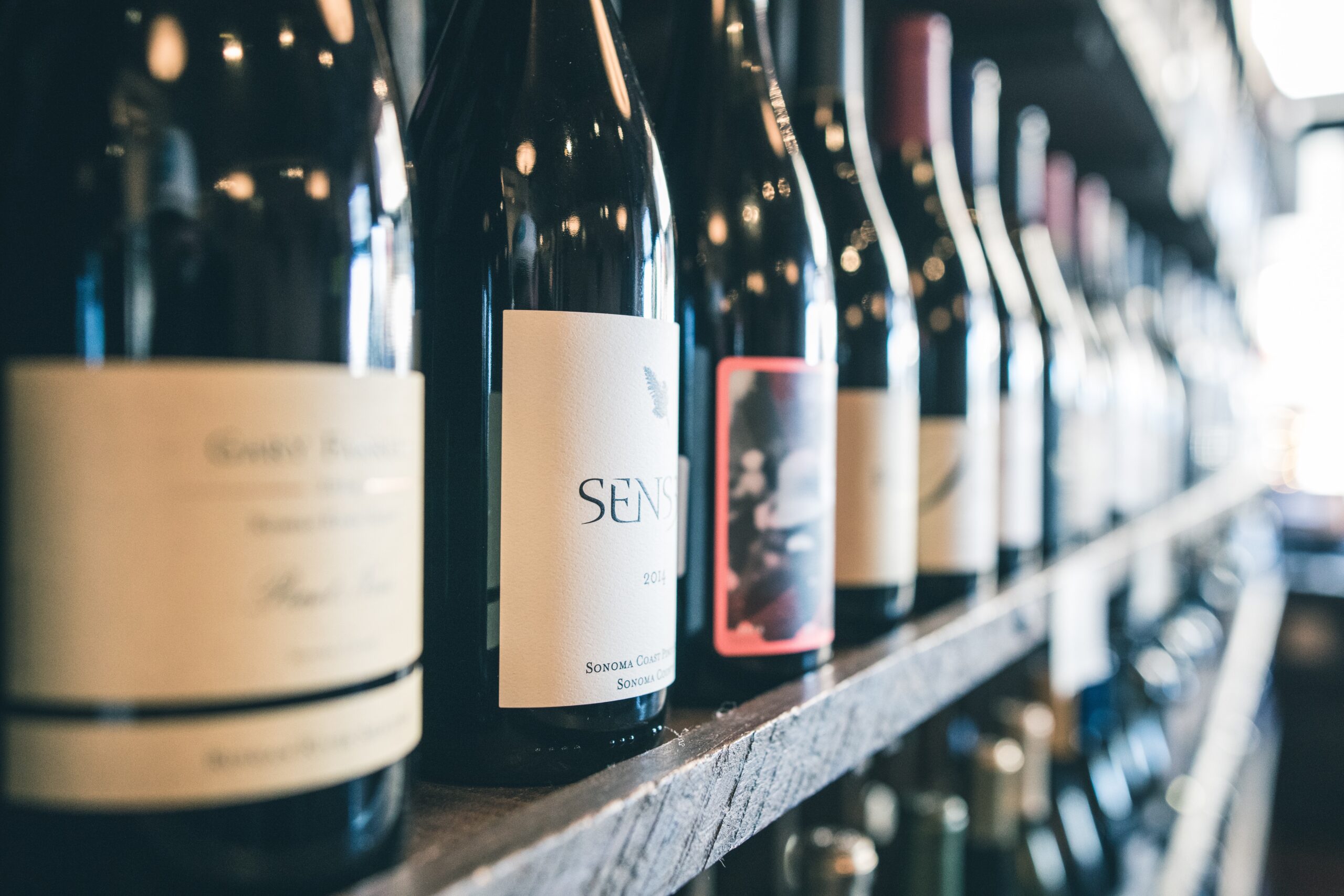
Vinum and demere: put the two Latin word together and you have to remove the wine, or vindemia. The grape harvest in old French became vendange, and in modern Spanish it remains close, vindimia. In English: “vintage.” Few concepts have greater importance for understanding wine.
The wine universe is vast, encompassing imprecise terms such as body and terroir as well as more exact ones like tannins, residual sugar, and polyphenols.
For those newly exploring the pleasures of this beverage, especially those who have not paused to contemplate the meaning of “vintage,” gaining a deeper understanding of this crucial element is essential for enjoying better and more nuanced bottles. And, extending the “universe” metaphor, it can be useful to think of vintage as having gravity.
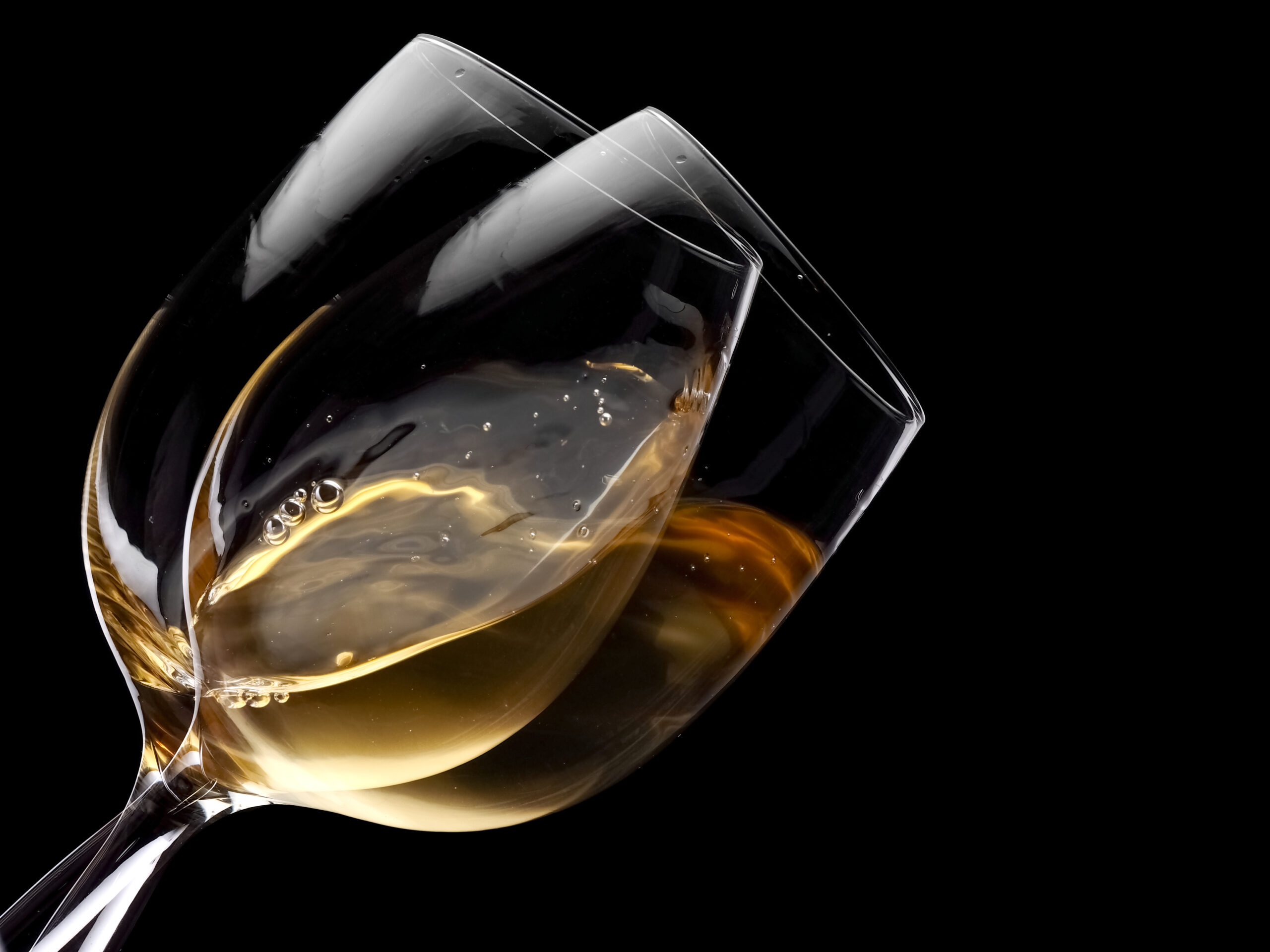
What is Vintage in Wine?
On labels, it can also appear on labels or specialized guides as “harvest,” “vendimia,” “vendange,” “vendemia,” “añada,” “millésime,” “annata,” “millesimato,” “cosecha,” “jahrgang,” “année,” “cosecha,” and “raccolta.”
In its simplest sense, vintage merely refers to the year in which the grapes producing a specific wine were harvested, usually delimited to a geographic area, although that can be huge. A 2021 “California” red blend could contain the transmogrified juice of grapes from anywhere in the state, but you know they were all harvested in 2021 . . . Or, at least 95% of them.
In the U.S., if a wine label specifies a vintage year, it means that at least 95% of the grapes used in that wine must be from the indicated year. However, the remaining 5% can be from other years. This flexibility allows winemakers to make adjustments for consistency or style while still maintaining the overall character of the specified vintage.
How Important is Vintage?
Fine Bordeaux and Burgundy wines, alongside those from Napa, Sonoma, Rioja, Tuscany, and many other regions, however, feel the gravity of vintage like a ton of bricks. Vintage, in these cases, is key. Other wines, owing to their vintage, will not survive youth; it’s a death sentence. For other vintage wines, it’s the kiss of longevity. In the right hands and conditions, they will age and age well.
The combination of a specific place and vintage allows much greater precision in considering a wine’s quality. An appellation or sub-appellation will have experienced the same weather, which affected a particular grape variety’s cultivation that year in a known type of soil, in a certain way, good or bad. This is because the vine follows an annual cycle subject to the climatic conditions of the region where humans cultivate it. These conditions impact the grape’s quality and the resulting wine in the bottle.
A warmer and drier year is likely to produce a more alcoholic wine owing to higher sugar concentration in the grape. Conversely, a cooler, rainy year, especially during harvest time, often results in more diluted beverages.
The climate also affects the character of the grapes. In other words, the wine may have softer tannins, more freshness (based on acidity), or a greater aging potential (associated with tannins) based on factors such as rainfall and temperature. Thus, depending on the vintage, the same bottle, crafted from grapes of the same vineyard and winery, may exhibit different characteristics each vintage.
For some wines, declaring a vintage means it’s a superior wine, at least from the perspective of the winemaker. This is true for fine Champagne, which is vintage Champagne, and Port. Winemakers skip vintages when they’re not up to snuff. Champagne Cristal, for instance, only goes to market in excellent vintages.
Not Everything in Wine is Vintage
Another scenario of wines without a vintage is when producers prioritize the wine’s style, adding grapes from multiple vintages in the blend to achieve the desired outcome regardless of the harvest year. Most port wine and Champagne are beverages crafted from such blends. In Champagne and Spain’s Cava appellation, reserve wines from various vintages are kept on hand to produce, through blending, a consistent non-vintage wine, roughly the same year after year.
Those non-vintage wines are really anti-vintage wines, as too are the solera and criadera system wines of Jerez, such as Sherry. They resist the gravity of vintage. Thus, not all wines bear the vintage on their labels, and this doesn’t necessarily imply inferior quality. In some countries, stating the vintage is not a legal requirement. In others, for a wine to receive the harvest year, it’s not necessary for 100% of the grapes to be harvested in a specified year.
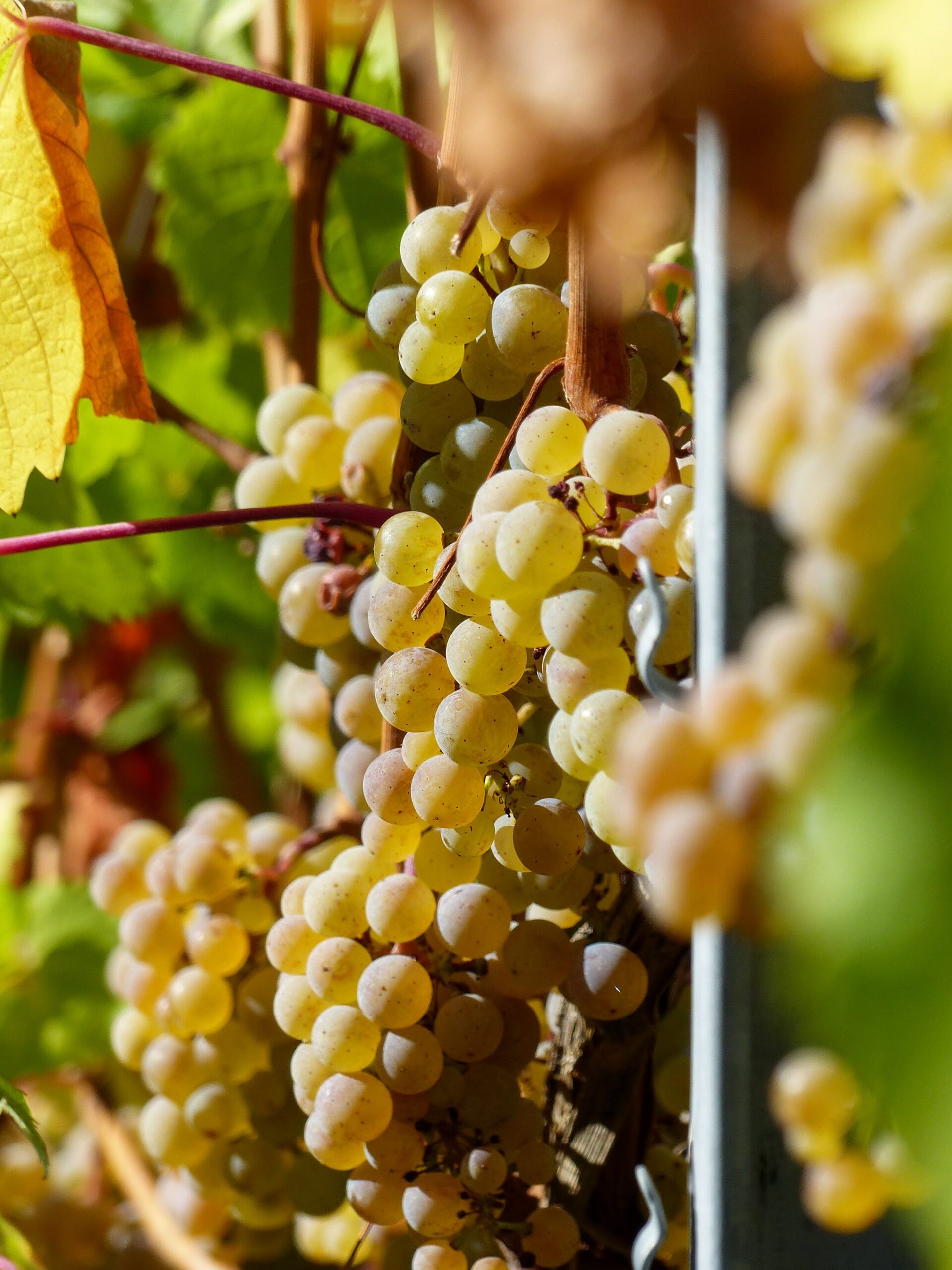
The Gravity of Vintage Over Time: How Wine Changes with Age
British elites appear to have started to care about wine vintage in the mid eighteenth century, although superb vintages were appreciated in Roman times.
Since the 1750s, wine vintage has only gained greater importance.
Vintage is closely tied with the idea that superior wines improve with age. Lower- and mid-priced supermarket wines, technically good wines, escape vintage’s gravity more freely than expensive ones. Again, consistency, year after year, is the goal. These wines are almost weightless regarding vintage. It’s the unbearable lightness of vintage!
Old Vintage is Not Always Good
Don’t believe that old vintages mean a wine is necessarily good. Just as gravity has its effects on us as we age, a long-ago vintage can be a negative for certain wine styles. The truth is that old wines are not necessarily good wines, nor do they necessarily taste better, especially if they were not harmonious in their youth. In fact, wine experts estimate only 1% of the world’s wine production is intended for aging.
The Example of Rioja’s Vintage Wines
In Spain, winemakers expect wines marked as “joven” (young) or “cosecha” (harvest) to be consumed within a year or two of production. That’s the wine style. Do not try to age a Rioja “joven” for 20 or even 10 years. Other Rioja wines, like the “Reserva” and “Gran Reserva” categoreis, by contrast, will hav already undergone significant ageing before they go one sale. And they will continue to age well for years. So if you want to start building a collection of already-aged wines, for instance, you will find the CVNE Gran Reserva Rioja from 2017 on sale now. That wine is seven years old, just recently released. These offer tremendous value.
How Wine Ages Gracefully
For a wine to age well, it requires a fundamental characteristic: good structure. This means it should have the right balance of acidity, tannins, alcohol, and sugar, each which is affected by the vintage. This combination serves as the backbone of wines, and over time, it undergoes changes – firmness softens, aromas evolve, and fruit gives way to tertiary flavors. To learn more about structure and vintage in wine, taken an online wine class!
The most crucial ingredient for the longevity of wine is acidity. A wine with good acidity will maintain freshness and energy over the years, followed by tannins, which, with time, impart a “round” texture on the palate. Color, taste, and texture of wine change as they age, and each feel’s the effects of vintage’s gravity.
Color
One of the most noticeable changes in the aging process of wine is its color, a result of the slow oxidation that occurs as the wine comes into contact with the air. In white wines, pale lemon or golden tones evolve into amber. Rosé wines may take on onion skin hues, while reds shift from purple to tile tones or even coffee colors.
Taste
As the wine’s structure begins to decline over time (meaning its tannins and acidity), it also affects the taste. Primary flavors of vibrant fresh fruit with good acidity, like citrus or stone fruits, start to fade, making way for other aromas. The same goes for secondary flavors derived from the winemaking process, such as malolactic fermentation. You can tell a wine has started aging when it develops tertiary aromas and flavors: dried fruits, leather, tobacco, wet leaves in reds; hazelnuts, honey, caramel, and petrol in whites are examples of characteristics found in older wines.
Texture
With time, there are also changes in the texture of the wine, related to the phenolic compounds present in the bottle, which slowly change as it ages. The most significant phenolic compounds are the ones known as tannins, which polymerize over time, forming chains that eventually settle at the bottom of the bottle as sediments. This causes the wine to lose its astringency on the palate, feeling silkier and smoother, especially in the case of red wines.
Young Bordeaux reds as well as Napa cabernet sauvignon designed by the winemaker to lead a long life, will be so “tight,” tannic, and closed that only experts can divine their potential in fifteen or thirty years. The gravity of vintage weighs heavily, causing them to gradually open up, always changing character with each additional year.
In fact, in regions like Bordeaux, vintage’s gravity is specified separately for the left and right banks of the Garonne river, or even for specific sub-appellations like Margaux. Wine Spectator’s report on the 2021 vintage for the “left bank reds” reads as follows:
“Possibly the most heterogeneous vintage in a generation; the crop was the second smallest of the century following a severe spring frost and heavy midsummer rains. July and August were cooler than normal, while warm September weather saved the day. Fresh and modest in scale, the wines will mature on the earlier side.” That is, 2021’s weather affected different vineyards, appellations, and estates differently, so sometimes it’s difficult to uniformly declare a good or poor vintage. It’s important, too, that the left bank produces a lot of cabernet sauvignon.
How to Find Older Vintages
If you want to add older vintages to a wine collection, look for specialized wine retailers. Berry Brothers and Rudd in the UK is a paramount example. In the US, Acker, Bottle Barn, Aabalat, and others have special stocks of “fine and rare” wines. Your local wine store may as well. But don’t look for older vintages on the supermarket shelves. Another great option is auction houses that specialize in wines for collectors, such as Christie’s and Bonham’s.

